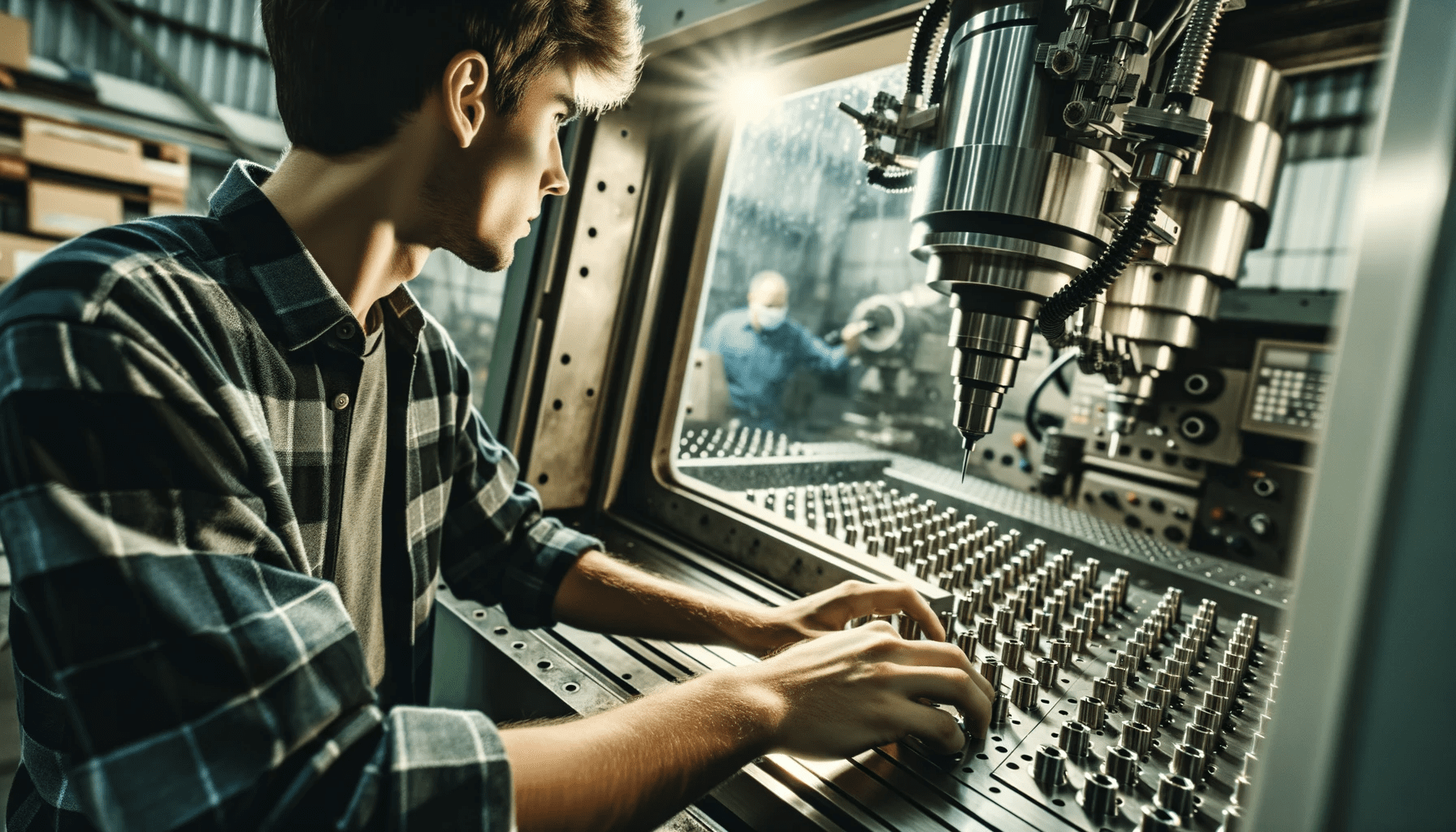Overview of 3D Printing and CNC Machining
3D printing and CNC machining are two of the most significant technological innovations in the manufacturing sector. 3D printing, also known as additive manufacturing, is a process that creates three-dimensional objects from a digital file. It works by consecutively layering materials until the object takes shape. This process allows for complex geometries and structures, which are not possible with traditional manufacturing methods.
CNC machining, on the other hand, is a process known as subtractive manufacturing. It involves the removal of material from a solid block, also known as a blank, to form the desired shape. The process leverages automated, pre-programmed software to control the movement of factory tools and machinery, resulting in much more precise and consistent pieces than manual manipulation.
While both 3D printing and CNC machining have their unique advantages, they have traditionally been viewed as separate processes. However, with the evolution of technology, these two processes are increasingly being integrated, leading to more efficient and flexible manufacturing systems.
The Interplay between 3D Printing and CNC Machining
The interplay between 3D printing and CNC machining is ushering in a new era in manufacturing. The combination of these two processes allows manufacturers to exploit the advantages of both technologies. For instance, a part can be 3D printed to achieve complex geometries, and then CNC machined to achieve the required precision and surface finish. Conversely, a part can be CNC machined and then 3D printed to add intricate details or features.
The integration of these two technologies is made possible by advancements in multi-process machines. These machines incorporate both additive and subtractive capabilities, enabling seamless transitions between 3D printing and CNC machining within a single automated workflow. As a result, manufacturers can reduce the number of steps and time required in the production process, leading to increased efficiency and cost savings.
Technological Developments in 3D Printing
3D printing technology has evolved significantly over the last decade. A significant development is the introduction of metal 3D printing. Unlike traditional plastic-based 3D printers, metal 3D printers can produce parts with the strength, durability, and heat resistance required for many industrial applications.
Another significant development is the advent of multi-material 3D printing. This technology allows the simultaneous printing of multiple materials in a single print run, enabling the creation of parts with varying properties in different sections. The development of more sophisticated software solutions and algorithms has also improved the accuracy and efficiency of 3D printers.
Future Predictions for CNC Machining in 2023
As we look forward to 2023, we can expect continuous advancements in CNC machining. One of the key trends will be the increased integration of artificial intelligence and machine learning in CNC systems. This will enable machines to learn from past performances, predict potential errors, and make proactive adjustments, thus improving accuracy and reducing waste.
Another key trend will be the broader adoption of collaborative CNC machines. These machines are designed to work safely alongside humans, enabling more flexible manufacturing processes. In addition, advancements in software will continue to enhance the functionality and ease-of-use of CNC machines.
The Integration Process of 3D Printing in CNC Machining
The integration of 3D printing into CNC machining is achieved through multi-process machines. These machines combine both additive and subtractive capabilities, allowing manufacturers to switch seamlessly between the two processes as needed. The integration process begins with a 3D digital model of the part. The machine then determines the most efficient way to create the part, utilizing either 3D printing, CNC machining, or a combination of both.
During the manufacturing process, the machine can alternate between additive and subtractive methods, depending on the phase of production. Advanced software helps control the process, ensuring precision and consistency. The result is a streamlined production process that reduces the time and cost associated with traditional manufacturing methods.
Potential Impacts and Benefits of this Integration
Integrating 3D printing and CNC machining offers numerous benefits. By combining the flexibility of 3D printing with the precision of CNC machining, manufacturers can produce complex, customized parts more efficiently. The ability to switch between additive and subtractive processes within a single workflow also reduces production time, leading to faster time-to-market and cost savings.
The integration of these technologies allows for the production of parts that were previously impossible or too costly to manufacture. This opens up new possibilities for innovation in various industries, from aerospace and automotive to healthcare and consumer goods. Additionally, by reducing waste and the need for physical inventory, this integrated approach can contribute to more sustainable manufacturing practices.
The integration of 3D printing and CNC machining is a transformative development in the manufacturing industry. As these technologies continue to advance, we can expect to see even greater efficiencies, innovations, and sustainability in manufacturing in the coming years.
